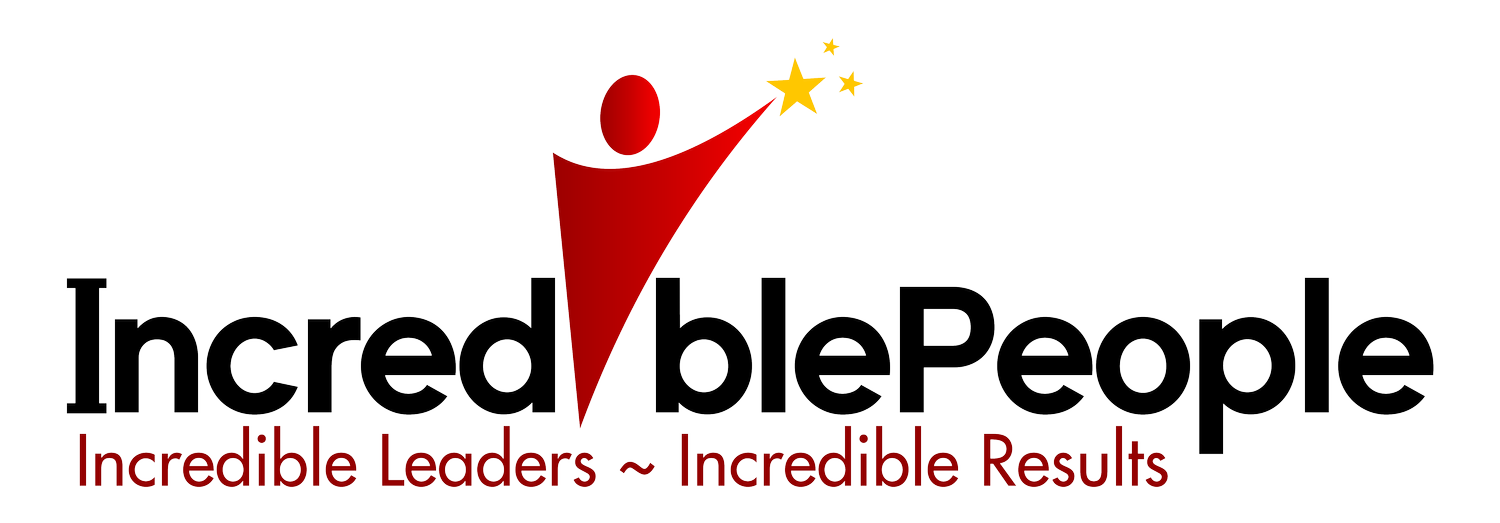The 3 Essential Psychological Ingredients to Build High Performing Teams
And how to foster them in your workplace.
Recruiting highly skilled and qualified employees alone doesn’t equate to successful, high performing teams. As Australian tech giant company Atlassian announced in 2019, they "would no longer tolerate ‘brilliant jerks’ who deliver results for the company, but make life hell for their co-workers". It was a recognition that for teams to be successful, they needed to be built and nurtured — they couldn’t rely solely on the highly qualified skillsets of their recruits.
To do this they need to meet the 3 essential psychological needs for teams to thrive:
Autonomy: where employees feel trusted to get on with their jobs without being micro-managed.
Competence: where employees feel confident in being able to do their job
Relatedness: where employees feel connected to each other and work well together.
Why relatedness is so important for high performing teams
When social psychologist and best-selling author Ron Friedman conducted research to determine what made high performing teams so productive during Covid, he discovered there were the 5 things that they did differently to those teams who weren’t performing so well. And this third element, relatedness, played a key role.
1. They were not afraid to talk on the phone (rather than just sending emails). This takes confidence and good interpersonal skills, but it also showed that it strengthened relationships with suppliers, clients, stakeholders and colleagues.
2. They were more strategic with their meetings. They would send out agendas and pre-work prior to the meeting so people knew what it was about and could come along prepared to make a contribution. This meant they weren’t wasting people’s time. Leaders also set up regular meetings with their team members to determine what was needed to help them thrive, as well as team members checking in on each other.
3. They spent time bonding over non work topics. They took the time to discover details about each other’s personal lives, which built trust and interpersonal relationships.
4. They received and gave appreciation frequently. This wasn’t just the leader doing this, but team members were acknowledging and appreciating each other for what they were doing and the efforts they were putting in.
5. They were more authentic at work. They were more likely to joke, and engage in friendly banter, and were comfortable to share frustrations and annoyances as well as joys.
How leaders can build an culture that meets these psychological needs
Firstly, they need to embrace these 4 leadership qualities:
Collaborative: seek the opinions of others and work together.
Curiosity: be empathetic and want to understand what’s going on with their teams, using that as a spark for solutions.
Creativity: be creative with solutions
Empowering: don’t micro-manage — set teams goals and ensure each member knows what they need to do, how to do it and have the tools to do it. Then let them get on with it, while regularly checking in with them.
Secondly, leaders need to actively build a positive workplace culture. As a leadership coach and trainer, I noticed that although this was always the goal for the leaders that I worked with, they didn’t always have the necessary support or knowledge to implement the actions needed to make this happen. Which is why, over the years I developed a set of action steps that leaders can follow and have since proved to be an invaluable asset and guide for all of my clients. I’ll share them with you here:
The Incredible 9 ½ Action Steps for Leaders to Transform their Teams
1. Communicate your purpose and vision.
2. Set plans and delegate accountability.
3. Monitor progress and expectations.
4. Systemise work and team behaviours.
5. Hire great people.
6. Onboard new team members well.
7. Develop capabilities and behaviours.
8. Develop a feedback culture.
9. Have contingency plans.
In our Transformational Leadership Program we uncover each of these action steps in monthly online 90-minute workshops, facilitated by experienced and motivated leadership coaches. Bringing together like-minded leaders, the program includes individual coaching sessions, guest speakers and practical strategies from the world’s best leadership influencers to guarantee that by the end of the 10-month program you will:
✅ Be more strategic with your time by building and empowering a cohesive team that works together to achieve shared goals and vision.
✅ Elevate your leadership impact by embedding systems and processes that guide and motivate your team to unlock their full potential.
✅ Know how to attract and retain the best people and see a lower turnover and increased team satisfaction.
✅ And find out what that all important final ½ step is!
Click here to join the Transformational Leadership Program waitlist or to find out more.
Organisations who invest in developing their leaders improve their bottom line.
Building high performing teams needs focus and consistency. It’s also as much of a personal journey as it is a professional one to become a great leader.
But the research shows that great leaders create 8 times more value for their organisations and their bottom line, because they:
✅ Can overcome challenges
✅ Are collaborative decision makers
✅ Have an accountable team
✅ Build strong relationships across the organisation
✅ Increase employee engagement and lower staff turnover
One of the greatest challenges for leaders is implementing and maintaining the skills and techniques they’ve learnt from leadership training and development. Having a supportive peer network of like-minded leaders and ongoing access to leadership coaching as a sounding board for ideas and challenges is an integral part of successful leadership development.

